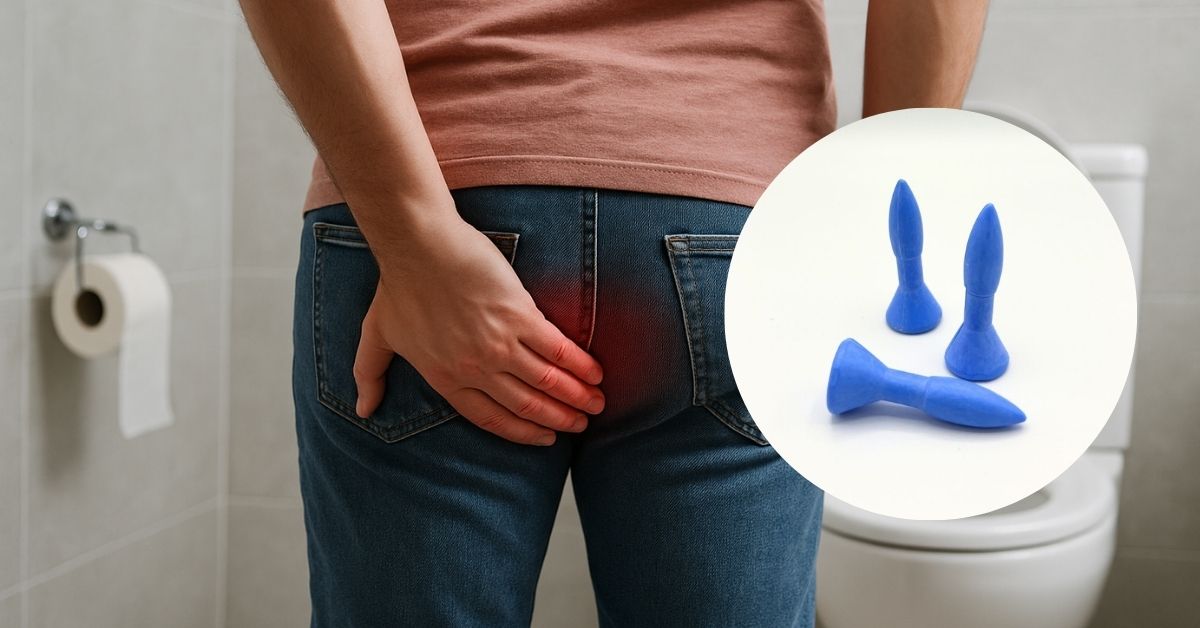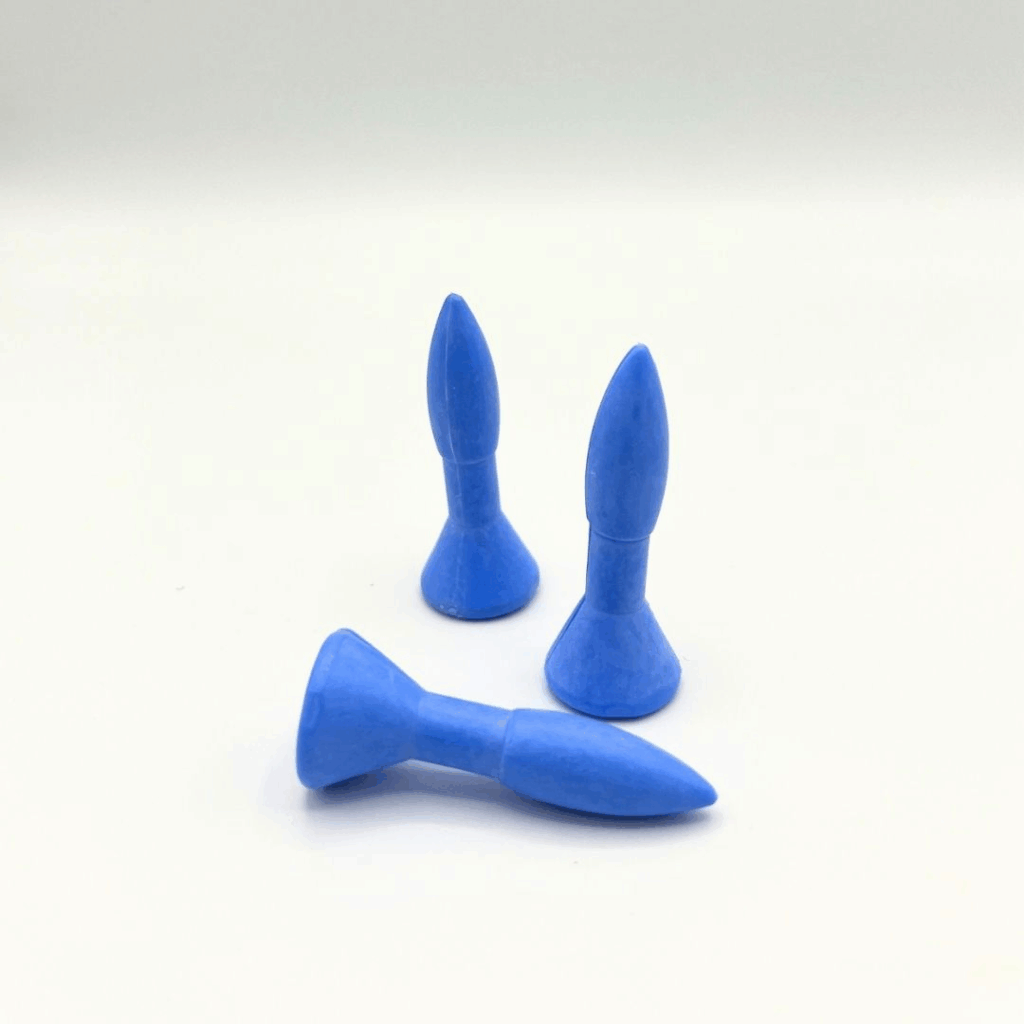The Patient’s Story: Why Some Need a More Targeted Solution
Imagine a patient waking up anxious, already dreading a simple bathroom trip because past experiences ended in searing pain, itching, or bleeding. This is the daily reality for many living with chronic hemorrhoids or fissures. Standard care — dietary fiber, warm sitz baths, and over-the-counter ointments — can feel like a revolving door: helpful one day, insufficient the next.
Enter compounded lidocaine–hydrocortisone formulations. These personalized preparations may appeal to patients whose symptoms persist despite conservative measures, or who have sensitivities to preservatives, dyes, or standard creams. Some want something that starts working immediately — where lidocaine’s numbing effect steps in fast — while hydrocortisone may address inflammation to give tissues a better chance at healing.
In practice, a patient might describe something like this:
“I’m tired of trying one store-bought product after another. I just need something that really works for me, without the burning sting or the weird ingredients I react to.”
Compounded options can be prepared as gels, creams, or suppositories — designed with custom strength and base texture to suit personal comfort and anatomical needs.
What Do Chronic Hemorrhoids Feel Like?
Patients living with chronic hemorrhoids often describe their symptoms as frustrating, painful, and deeply disruptive to daily life. Unlike acute episodes that may resolve with simple interventions, chronic cases can linger for weeks or months — causing physical discomfort and emotional distress.
Common symptoms include:
- Sharp, stabbing pain during or after bowel movements
- Persistent itching or irritation around the anus
Inflammation or leakage from internal hemorrhoids can lead to constant itching, often made worse by over-wiping or the use of irritating topical products. - Bleeding
Bright red blood on toilet paper or in the stool is a frequent complaint. This typically occurs with hemorrhoids due to irritation or tearing of blood vessels.

- Swelling or lumps near the anus
External hemorrhoids may feel like tender bumps or bulges. These can become thrombosed — clotted with blood — and extremely painful. - A sensation of incomplete evacuation
Some patients feel like they haven’t fully emptied their bowels, even when they have, often due to the pressure or swelling caused by internal hemorrhoids. - Ongoing soreness or aching
Many people describe a dull, throbbing pain that lasts long after using the restroom, interfering with sitting, walking, or sleeping.
Over time, these symptoms can take a toll not just physically, but emotionally — leading to anxiety about using the bathroom, avoidance of social situations, and frustration with therapy plans that don’t seem to work.
Recognizing the signs of chronic hemorrhoid symptoms is the first step in pursuing more personalized, targeted care — especially when compounded options like lidocaine–hydrocortisone may be considered.
Why Lidocaine and Hydrocortisone (Plus Sucralfate) Together Makes Sense
How It Works: Understanding the Mechanism of Action
The potential benefits of compounded lidocaine–hydrocortisone preparations lies in the synergy between two well-established pharmacologic agents — each playing a distinct role in targeting the discomfort and inflammation commonly seen in hemorrhoids.
Lidocaine is a local anesthetic that works by blocking voltage-gated sodium channels in nerve cells. These channels are critical for transmitting pain signals from the affected area to the brain. When lidocaine is applied topically or rectally, it essentially “turns off” these pain pathways at the source. This rapid numbing effect may provide immediate relief from the burning, stinging, or raw sensations that many patients experience during or after bowel movements.
Hydrocortisone is a low-potency corticosteroid that may help reduce inflammation, redness, swelling, and itching. It does this by suppressing the release of pro-inflammatory cytokines and stabilizing cell membranes, particularly in the inflamed tissues of the anal canal. Unlike lidocaine, which acts on nerve endings, hydrocortisone works deeper within the immune response — helping to calm the cycle of irritation and inflammation that keeps these conditions flaring.
“Lidocaine and hydrocortisone combination is used to relieve pain and itching caused by conditions such as hemorrhoids, sunburn, minor burns, insect bites or stings, poison ivy, poison oak, poison sumac, minor cuts, or scratches.”
Source: Mayo Clinic
Additionally, sucralfate is known as a mucosal protectant. It works by forming a protective coating over irritated tissue, which may shield inflamed hemorrhoids from further trauma during bowel movements. Sucralfate may help protect the tissue environment — creating a multi-faceted approach to comfort and healing support.
Together, these ingredients offer a triple-mechanism approach:
- Lidocaine may relieve acute pain and discomfort.
- Hydrocortisone may support a reduction in inflammation and promote tissue calming.
- Sucralfate forms a barrier that may shield hemorrhoidal tissue from further irritation during bowel movements.
Targeting Pain at the Source
By combining these agents into a single, customized formulation — in the form of a rectal suppository, often called rectal rockets — compounding pharmacists may deliver targeted relief exactly where it’s needed, with concentrations tailored to the individual.
Rectal Rocket Suppositories, offered by Central Ohio Compounding Pharmacy, are designed to remain in place longer than traditional suppositories, potentially enhancing contact time and symptom relief — all while combining lidocaine for numbing and hydrocortisone for inflammation.
Hemorrhoids in Pregnancy
Pregnant patients are especially prone to hemorrhoids because of increased pelvic pressure and hormonal changes that can slow digestion. These uncomfortable symptoms often appear during the later stages of pregnancy and can persist into the postpartum period.
For many, compounded therapies such as lidocaine–hydrocortisone–sucralfate suppositories or creams offer a much-needed option when standard medications are not enough. At Central Ohio Compounding Pharmacy, we frequently dispense rectal rockets and other formulations for pregnant patients to help them manage discomfort while maintaining quality of life.
For Whom Are These Compounds Best Suited?
Compounded lidocaine–hydrocortisone preparations may be especially helpful for adults who:
- Have persistent symptoms like pain, itching, or burning that don’t respond to OTC remedies.
- Need a personalized base or dosage — especially due to sensitivities or past irritations from commercial formulations.
- Require fast symptom relief, often before underlying healing takes hold.
- Prefer a non-invasive, conservative alternative before considering surgery.
- Are pregnant or postpartum and seeking relief from hemorrhoids with personalized support.
Who Prescribes These and Why?
The decision to go with compounded lidocaine–hydrocortisone–sucralfate often comes from a thoughtful team effort:
- Gastroenterologists and colorectal surgeons may advocate for personalized topical therapy when patients struggle with conservative approaches.
- Primary care physicians or nurse practitioners sometimes collaborate with compounding pharmacists to fine-tune therapies for repeat, unrelenting symptoms.
- Compounding pharmacists are the specialized partners in this process. They transform prescriptions into in-house formulations — carefully adjusting concentrations and bases to suit a patient’s unique needs, sensitivities, or pregnancy considerations.
Why This Approach Is Important
In the conversation around hemorrhoids, compounded lidocaine–hydrocortisone–sucralfate offers a bridge — especially when OTC options fall short, but surgical steps feel premature. Though not a cure-all, these compounds may alleviate discomfort, can be tailored for individual needs, and open the door to creative, patient-centered care.
That said, staying informed about evolving evidence is key. The strong healing results seen with calcium-channel blockers reinforce the importance of considering alternative or additive agents in therapy plans — ensuring that patient care remains both responsive and rooted in science.
Why Central Ohio Compounding Pharmacy?
At Central Ohio Compounding Pharmacy (COCP), we specialize in customized topical therapies — including compounded formulations like lidocaine–hydrocortisone suppositories, creams, and combination therapies. Every preparation is crafted in-house, with attention to clinical precision, patient safety, and therapeutic comfort. We collaborate closely with physicians, nurse practitioners, and specialists across Ohio to ensure that every patient receives the formulation that best aligns with their specific needs and sensitivities.
With decades of experience in compounding and a commitment to patient-centered care, COCP is proud to serve as a trusted partner for both patients and healthcare providers throughout the state.
If you or your patients are seeking tailored options for anorectal discomfort, connect with our expert team today. We’re here to support thoughtful, science-informed relief — one compound at a time.
References
- Boland, P. A., Kelly, M. E., Donlon, N. E., Bolger, J. C., Larkin, J. O., Mehigan, B. J., & McCormick, P. H. (2020). Management options for chronic anal fissure: a systematic review of randomised controlled trials. International journal of colorectal disease, 35(10), 1807–1815. Link
- Mayo Clinic. (n.d.). Lidocaine and hydrocortisone (topical application route, rectal route). Mayo Foundation for Medical Education and Research. Retrieved August 21, 2025, from https://www.mayoclinic.org/drugs-supplements/lidocaine-and-hydrocortisone-topical-application-route-rectal-route/description/drg-20072751
- Nalkiashary, S. M. S., Nezhati, M. N., & Panahi, H. A. (2020). Development and validation of simultaneous HPLC method for determination of lidocaine, hydrocortisone acetate and methyl paraben in Anti Hemorrhoid ointment. Pharmacophore, 11(1-2020), 35–42. Link
- Savosina, A., Lazar, S., Suslina, S., Abramovich, R., Potanina, O., & Novikov, O. (2020). Modern therapeutic approaches to the treatment of anal fissure. Systematic Reviews in Pharmacy, 11(5), 377–382. Link
- Srinivasan, A., Shenai, P., Chatra, L., Km, V., & Rao, P. K. (2015). Topical drugs for pain relief. Arşiv Kaynak Tarama Dergisi, 24(1), 92–104. Link
- [Supporting medication context]. (2024–2025). Hydrocortisone/lidocaine uses and formulation details. Mayo Clinic Drug Information.


